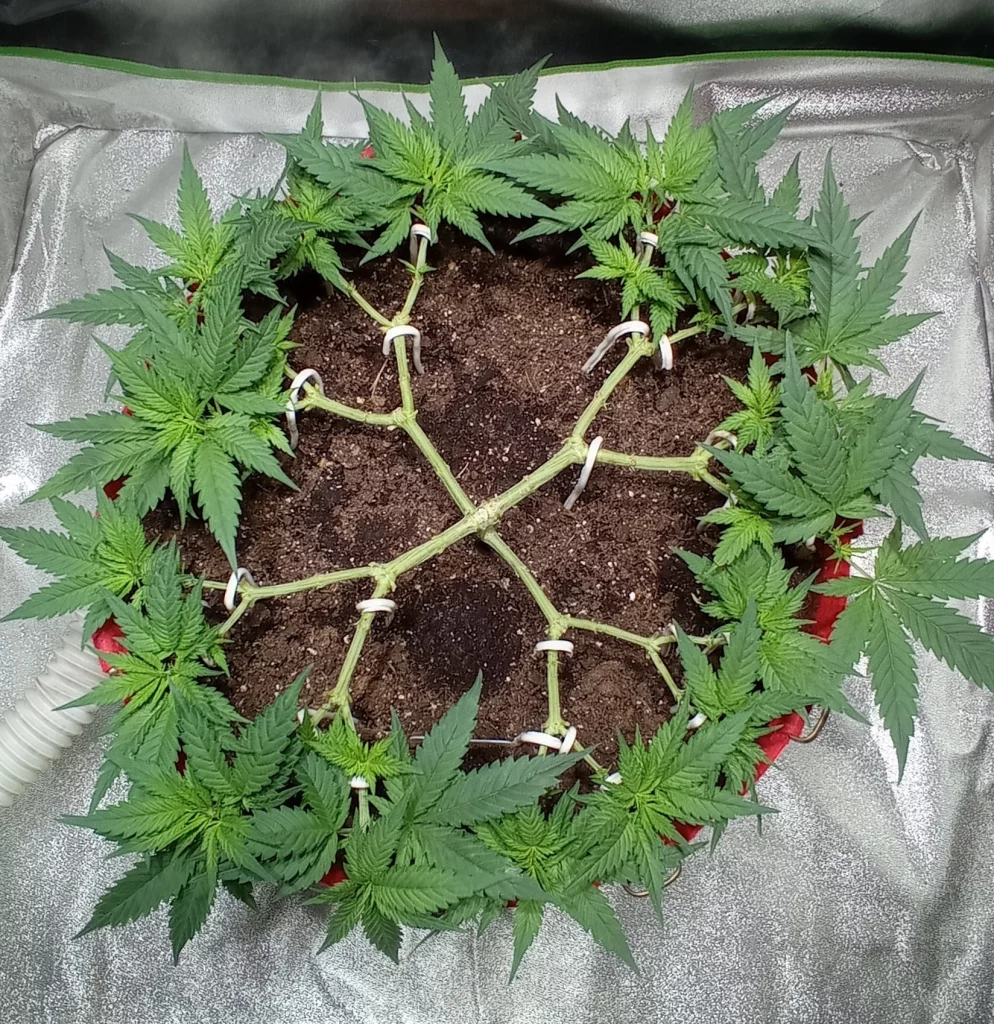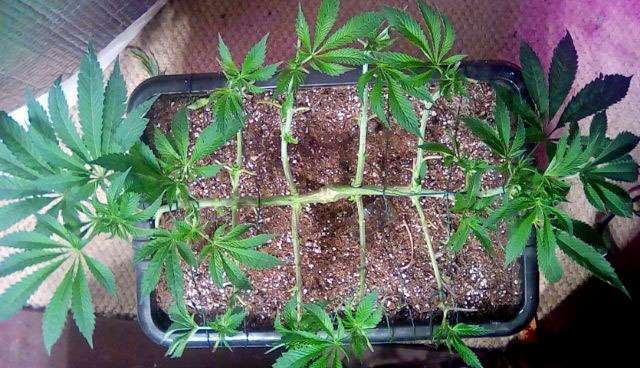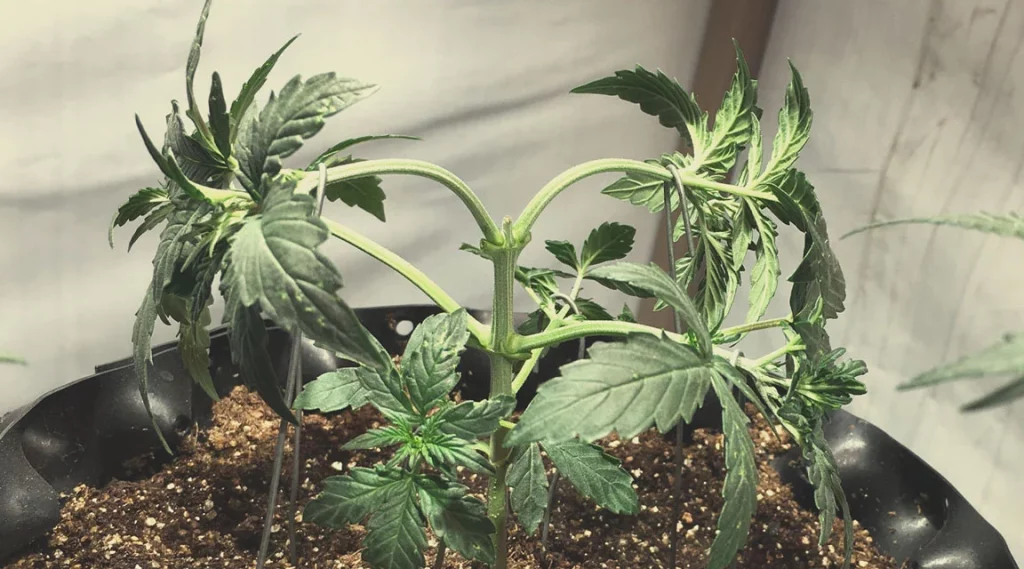English
In the world of cannabis cultivation, you will always find something eye-catching what you want to try. One such technique is Fluxing. In recent years, this is a very popular method practiced by almost everyone who is into indoor growing and likes to experiment. With fluxing, growers are trying to get the biggest yield possible in a small space. A combination of trimming and light stress techniques (LST) helps them to do this.
The Fluxing method of cultivation – what is it all about?
Fluxing, otherwise known as main-lining, involves working with the plant in its vegetative stage. In the initial phase, we try to train the plant to resemble the shape of the letter ‘Y’.
This then forms a central node where energy and nutrients are evenly distributed from the root to the flowers. By pruning, the plant then receives new and new impulses to transfer energy elsewhere. With each pruning, more branches are formed and the number of flower spots increases. You can have four branches, later on eight. Sixteen or more if you dare. Depending on how much space you have.
That’s one of the great advantages of fluxing, working with space. It adapts to almost any space. Even in a small closet, you can grow a cannabis plant that has 8-16 flower spots and it’ll do great. But if you have more space, or you’re growing outdoors, you can get to number 32. That’s a big number.
The advantages of growing cannabis with this method
Fluxing is all about big, bountiful yield. Because there is an even distribution of nutrients and energy, the flowers are incredibly similar. Thanks to the horizontal growth, no immature cones are formed. Instead, all the flowers are nicely covered in resin.

Because we grow on the same plane, all the flower spots are the same distance from the light.
This method is also very practical in terms of maintenance. The flowers are almost identical, so the treatment and drying takes the same amount of time for each one. There is no need to worry about some being over-dried and others still damp.
The individual flowers have plenty of space between them, so there is minimal risk of pest infestation or mould.
The ratio of resources used to the subsequent harvest is also important. If this were to be converted into money, you would get the maximum profit with the minimum cost. In botanical terms, this means that using relatively little water, nutrients and light, you get a large yield.
The simplicity of this technique is also an advantage. Learning this method is a matter of moments and you don’t have to worry about practically anything. You just need to train the plant correctly at the beginning. After that, it’s just a formality.
The final advantage is then the appearance itself. Believe it or not, it looks fantastic.
Does fluxing have any disatvantages?
Unfortunately, even with this technique of growing cannabis there is a downside. But it’s not so serious that it should put you off using this method.

Fluxing is a pretty big time guzzler. This is because of the use of stressful bending and trimming techniques. Each trimming or bending will result in a better crop, but each time it will cripple the plant a little and slow growth. Regeneration then naturally takes time, so our harvest may be delayed by a few weeks.
This method is also not recommended for those who like to grow autoflowering cannabis varieties. Autoflowering strains have a set flowering time and fluxing them would take up valuable time.
How to get started with fluxing method?
First you need to get your cannabis seeds. We recommend choosing a variety for indoor growing, but if you have space in your garden, go for outdoor. Once the plant starts to grow, wait until there are at least five tiers (nodes). Then trim it above the third node and brush the lower tiers to drive the energy up.

This creates a “Y” shaped base. Give the plant a few days to recover and have some string or wire ready. Then bend the two main branches to bring them into a horizontal position. Take care and be gentle. If you break the branches, your work will be irrevocably gone.
Now you’ve got the plant in a horizontal position. How you proceed is up to you. You can then trim again to create more branches to anchor. But with further trimming and bending, you delay the harvest.
Once you have the required number of trims, pinch off the unnecessary foliage. All that’s left is regular watering, nutrients and your patience. The harvest won’t be long in coming.
If this method appeals to you, feel free to give it a try. If you have experience with fluxing, feel free to share it.
Published by Jan Veselý
09/08/2022choose and buy cannabis seeds from our offer
our pleasure


























for me as a beginner cannabis grower it is quite interesting thanks to the author for the article.
beware! further trimming and bending, you delay the harvest of cannabis
Mr. Smart. If you know how to do it, none of this will happen…